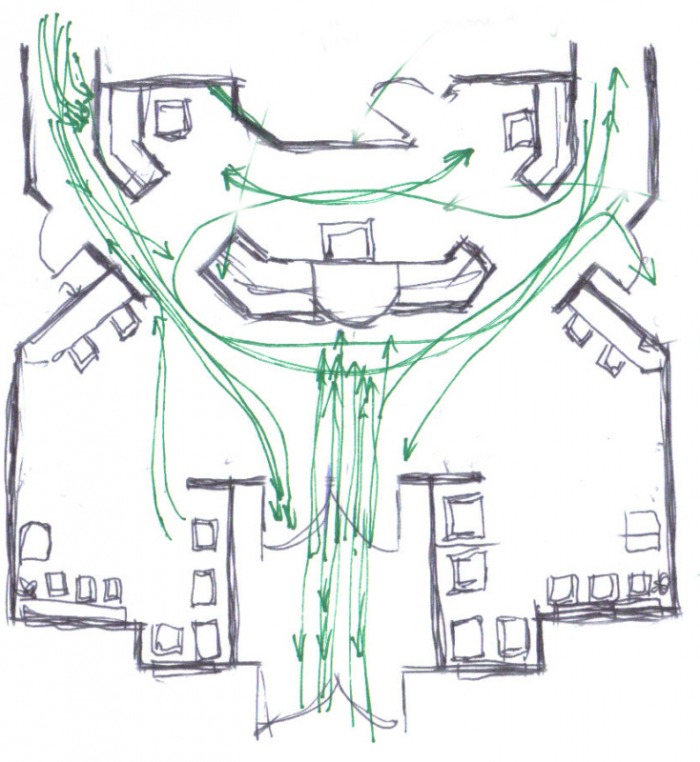Behavioral Mapping
Behavioral Mapping involves tracking the paths that people take with the aim of learning their behaviors and how best to adapt their environment to their needs.
Behavioral Mapping is Day 6 of 100 Days of UX, an exploratory effort to survey the 100 methods of design outlined in Martin and Hannington's Universal Methods of Design. For 100 consecutive days, I learn one new method a day and write about it.
Behavioral Mapping at its core is a systematic observation and tracking of people's behavior over space and time. The tracking may focus on either the behavior of multiple people in a particular place as in place-centered mapping or that of a particular individual as in individual-centered mapping.

Behavioral Mapping can be done by drawing over printed architectural maps, capturing timelapse images, or with more advanced tools like RFID tags or smartphone location tracking. The results can be visualized using heatmaps or line drawings.
A significant limitation of behavioral mapping is that although the researcher gets to see what and where people go, unless they follow up with interviews or debriefing conversations, the motivations behind the actions may remain obscure.
References
- Martin, B., & Hanington, B. (2012). Universal Methods of Design: 100 ways to research complex problems, develop innovative ideas & Design effective solutions. Rockport
- Doctor Disruption, September 5, 2014, Design Methods #24 - Behavioral Mapping. Retrieved on June 8, 2017
Day 5 - Automated Remote Research 100 Methods Day 7 - Bodystorming